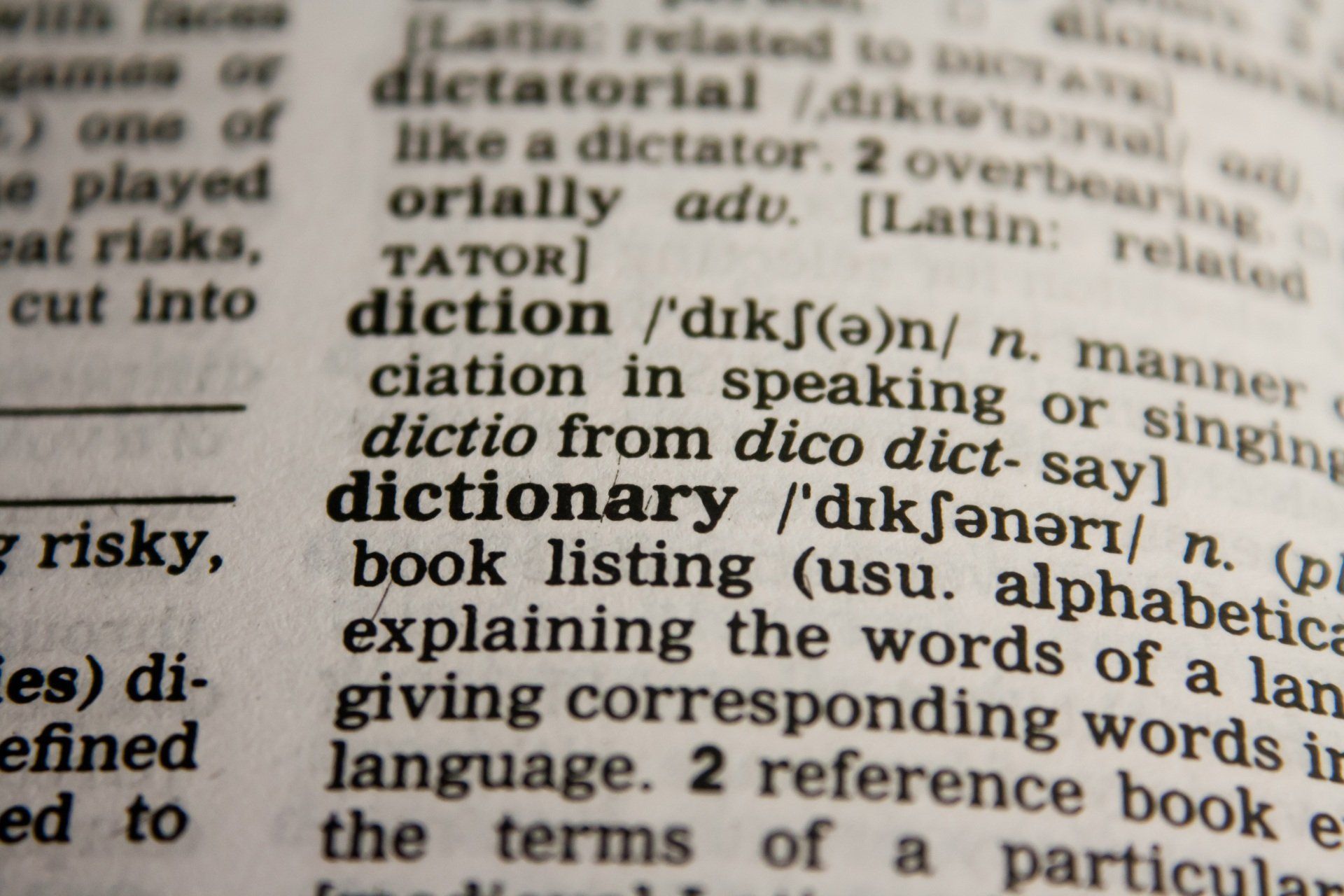AI Questions and Answers
It began in 1948 with a game of chess...

In the late 1940s, digital computers were invented and their early use was primarily for playing games. One of the early pioneers of artificial intelligence was Alan Turing, an inventor and engineer. In 1948, he chose Chess as an important base to examine the application of intelligence. Chess allows for a variety of strategies to be conceived, tested, and developed. Its selection was inevitable as it epitomises the application of intelligence. The game also served as an excellent way to grasp the concept of pure thought and to test the notion of being able to operate and interface at a sophisticated level without truly being intelligent.
At the dawn of artificial intelligence, it was natural to assume that creating a program that excels at Chess would solve the problem of AI. Consequently, researchers began working on this well-defined problem. While Alan Turing may have been the first to execute a Chess-playing program, many other scientists recognised its importance. This led to the growth of a vibrant subfield of AI research devoted to the study and development of software that could play Chess and other board games. Arthur Samuel, an IBM computer scientist, invented reinforcement learning in 1958 to make a Checkers-playing program.
Initially, many people believed that a computer program could never match the intelligence of a human Chess player. After decades of dedicated research, however, Chess-playing software gradually improved. These programs advanced from barely beating beginners to approaching master-level play. The improvement was due to faster processors and larger memory sizes, as well as refinements and additions to the same basic algorithm used from the beginning.
Some of the most well-known commercial chess-playing software include Fritz, Shredder, Houdini, and Komodo. Open source options include Stockfish, Leela Chess Zero, and Lichess. These programs are constantly updated and refined to enhance their playing ability and performance, often through machine learning techniques like deep reinforcement learning. Additionally, there are various online chess platforms like Chess.com and Chess24 that use AI to provide features like real-time analysis and game evaluation.
In 1997, the development of chess-playing software finally caught up with the human state-of-the-art, which had been improving slowly, if at all. IBM's special-purpose Deep Blue Chess computer faced off against the reigning world champion, Garry Kasparov, in a publicised match, which Deep Blue won. This event sparked a vivid debate about the meaning of intelligence and artificial intelligence, now that machines had conquered Chess. However, most observers concluded that Deep Blue was not truly intelligent since it looked and functioned nothing like the human brain. Despite its myriad bells and whistles, the heart of Deep Blue is a simple algorithm, which is the same algorithm that Turing (re)invented in the 1940s.
Deep Blue was not capable of thinking abstractly, understanding natural language, or performing tasks outside of the specific domain of playing chess. In comparison to the human brain, which is capable of complex cognitive processing, Deep Blue was a specialised tool designed to perform a specific task.
Chess-playing programs commonly use a variant of the minimax algorithm to play the game. This algorithm relies on the concepts of board states and moves. Board states are the positions of all pieces on the board, and moves are transitions from one state to another. A player can take an average of 35 different moves, and on the first turn, they can choose from 20 moves. Minimax works on the assumption that you can store multiple board states in memory and evaluate the value of a board state, which can be considered as the difference between the number of pieces the player has and the number their opponent has.
The algorithm starts with listing all possible moves from a given board state. Then it simulates taking each move and stores all the resulting board states. The algorithm lists all possible moves by the opponent for each of the resulting board states and evaluates them. The best move is the one that minimises the maximum score that the opponent can reach in their turn.
Minimax is a tree-search algorithm, and a Chess-playing agent searches to a given depth and then evaluates the board states it reaches. For this purpose, a simple board state estimation such as the piece difference between black and white works well, although more complex methods have been developed. Although simulating all the way to the end of the game can give the optimal strategy, it is impossible to achieve because of the vast number of states involved in the game.










